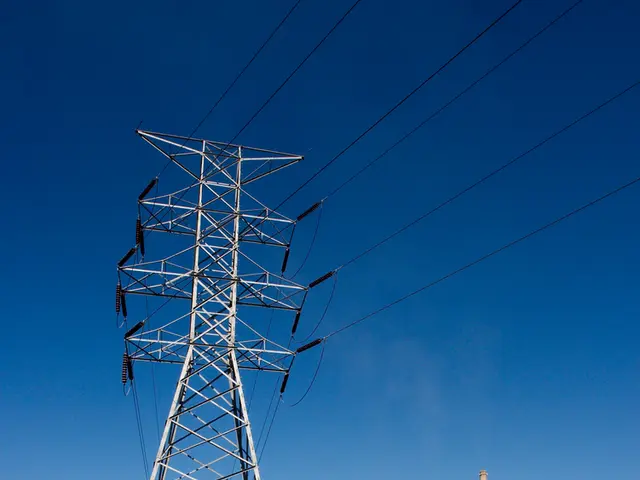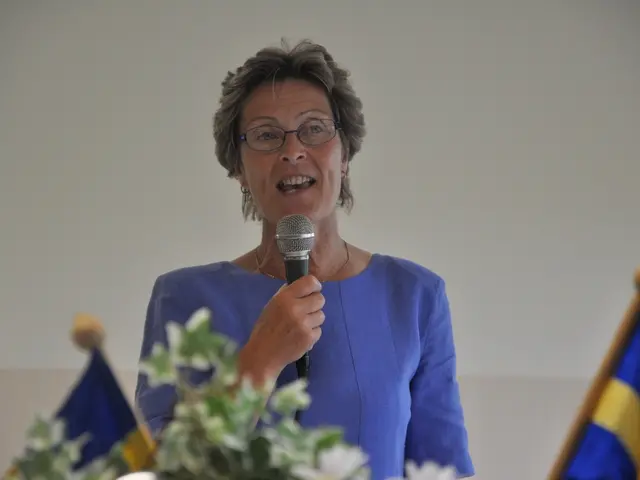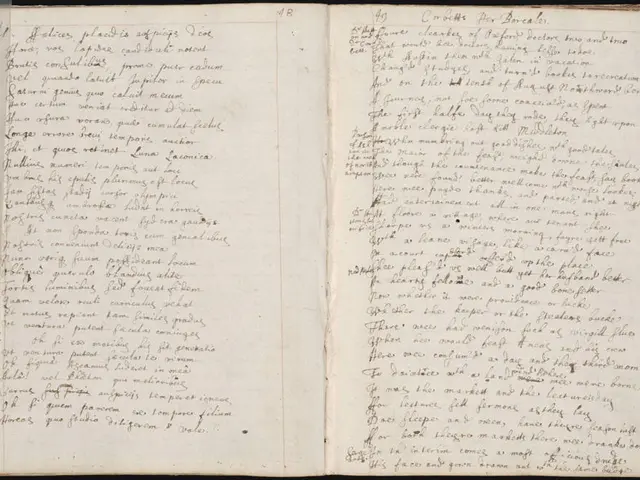Global Energy Pact Aims to Slash Fossil Fuel Subsidies by a Third
The Global Energy Pact, endorsed by over 50 nations and major institutions, has set ambitious targets to cut fossil fuel subsidies and reshape global energy markets. This comes as fossil fuels supply around 80% of the world's energy and contribute roughly 75% of greenhouse gas emissions.
The pact aims to slash fossil fuel subsidies by a third by the end of this decade, following a 2022 total of $7 trillion. In a significant step, public funding for overseas fossil fuel projects fell by up to 78% in 2024, amounting to $11.3-16.3 billion less compared with 2019-2021 levels. Meanwhile, global clean energy investment hit a record high of $495 billion in 2022.
The pact could halve emissions by 2035 and keep the Net Zero by 2050 target within reach. Major energy corporations are responding, scaling down oil exploration and investing billions in renewable projects. However, the fossil fuel industry still supports around 32 million jobs worldwide, posing challenges for a just transition.
The coming decade will be crucial in determining whether the promises of the Global Energy Pact translate into measurable change. As of 2023-2024, countries like Egypt, Ethiopia, Iran, the United Arab Emirates, and Indonesia (since 2025) have received support for new members, totaling $10.9 billion in fossil fuel financing. The Paris Agreement's goal of halving global emissions by 2035 to limit warming to 1.5°C remains a key driver for these initiatives.







